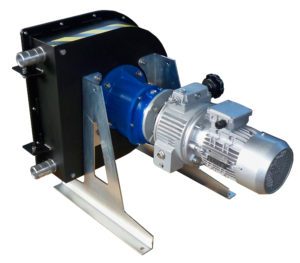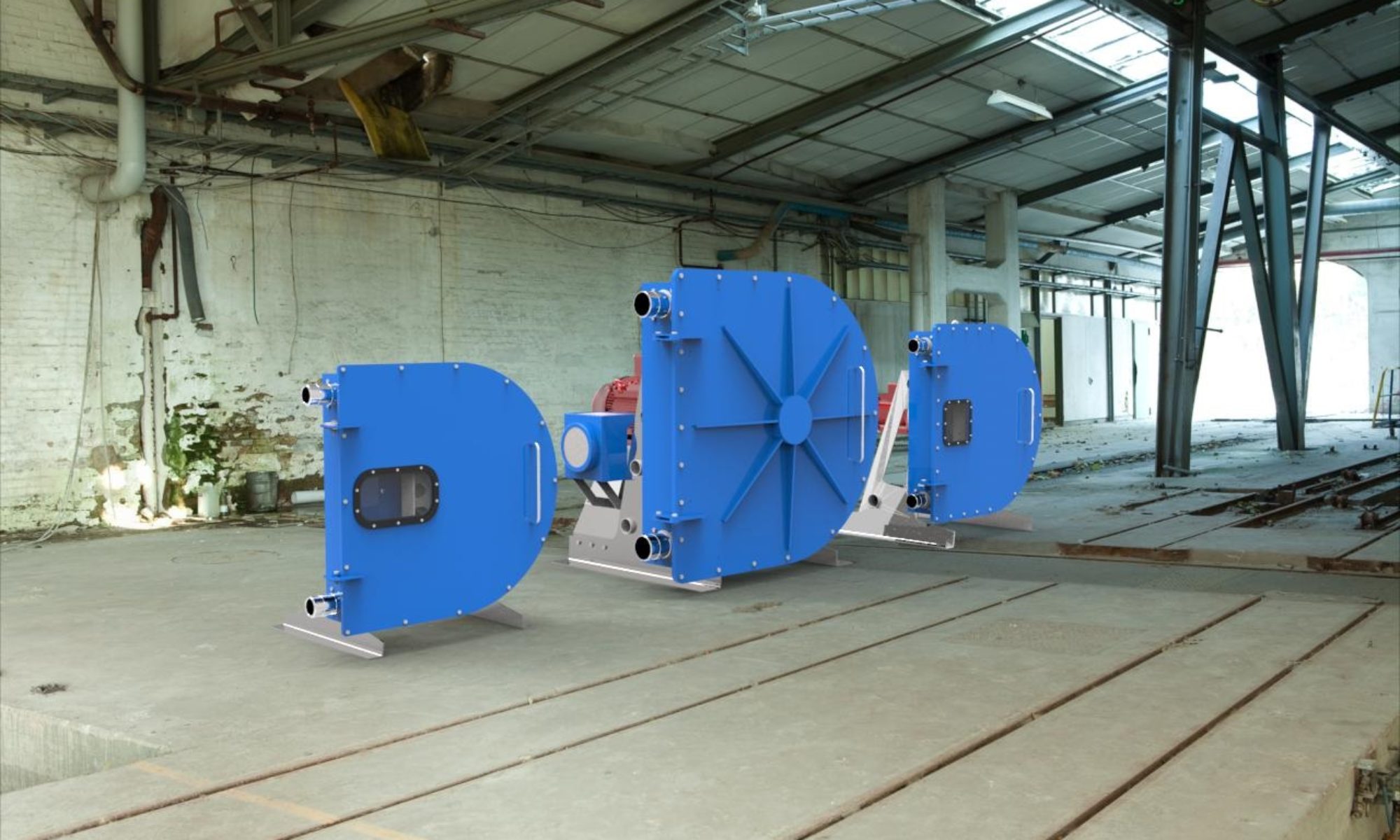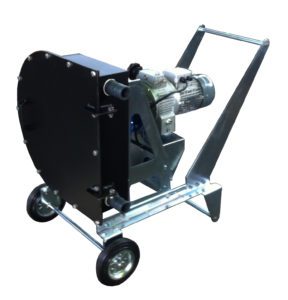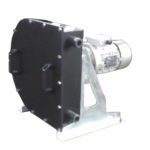Suction and cleaning sludge wastewater.
Application: suction and cleaning of tanks containing aluminum processing sludge. In this company, aluminum semi-finished products are produced in three phases: starting from casting to obtaining billets, then many operations are carried out to obtain profiles of various shapes, and finally surface finishing steps are completed with anodization and painting of metal semi-finished product. These operations generate wastewater characterized by chemical aggressiveness and a charge of abrasive metal suspensions. The fluids are collected in tanks and the formation of sludge deriving from the heavy solid suspension precipitation to bottom of tank.

The tanks cleaning operations and the removal of wastewater are performed by submersible centrifugal pumps, but, as is often happens, the formation of thickeners creates large problems of blockage of submersible pumps making them inefficient. Normally an operator goes down into the tank in order to improve the sludge evacuation process through fluidification operations for the sediment homogenization.
This is big problem because during the emptying operations, the operator works immersed in the fluid mass at the same time as the electric pumps running. The potential risk for the operator is clearly evident (electric shock).
Safety and peristaltic pumps in tanks cleaning operations
It was proposed for the task solution , a self priming peristaltic pump hcp 40 complete with speed variator, due this, machine is perfectly adapted to variable viscosity of the sludge, The pump perform a very high suction capacity and completely isolates the operator from a potential electric shock. Insensitive to dry running, the peristaltic pump does not suffer damage resulting from the discontinuity of liquid inflow, moreover, the resistance to abrasion and chemical aggression is assured by the hose membrane perfectly compatible with the fluid. The absolute safety is guaranteed by the fact that the pump operates on the surface by introducing the only suction pipe moving it in the various points of tanks to obtain a perfect cleaning, as it would happen with a vacuum cleaner. No physical contact between mechanical or electrical parts of the pump with the pumped fluid prevents any risk.
More information on pumps: Hose Carrier HCP 40
I’m interested but without obligation, keep me informed

 This company deal with surface treatments, and there is a lot to do with an annual production of about 7000 tons of Aluminum. The quality of the finishes has distinguished this company in the market, making it among the most important companies in Italy in this sector. Evidently to reach this important goal, it is necessary to pay particular attention to all production processes, and especially those in the preliminary analysis, and control, before each processing step.
This company deal with surface treatments, and there is a lot to do with an annual production of about 7000 tons of Aluminum. The quality of the finishes has distinguished this company in the market, making it among the most important companies in Italy in this sector. Evidently to reach this important goal, it is necessary to pay particular attention to all production processes, and especially those in the preliminary analysis, and control, before each processing step. Aspiration of varnishing sludge.
Aspiration of varnishing sludge. Remove supernatants and floating sludge.
Remove supernatants and floating sludge.